What is the density of expanded clay?
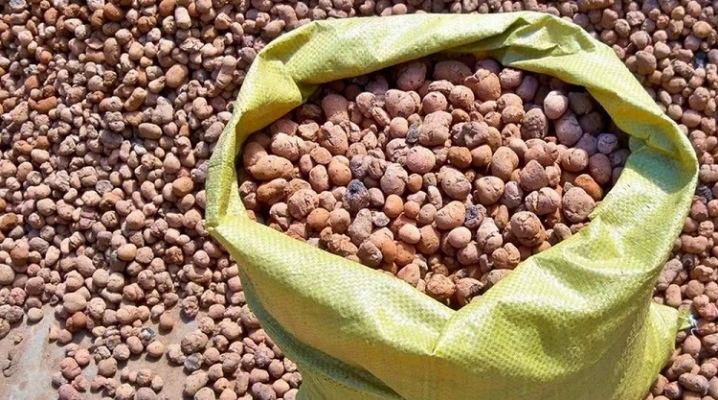
Expanded clay is a universal heat-insulating material. It is used in many construction and renovation work due to its properties and availability.
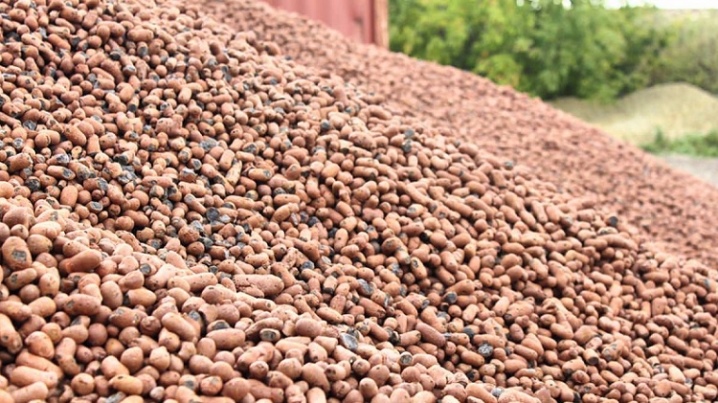
What does it depend on?
It is quite easy to build a house from expanded clay blocks, which will have a number of positive properties, while its construction will be economical. Such material is perfect for the construction of baths and saunas, because it has excellent heat-insulating properties and does not allow the walls of the room insulated with expanded clay to leave the high temperature. With its help, heating networks and water pipes are also laid, because expanded clay will protect them from rupture.
This material is suitable not only for construction, but also used in everyday life. Its pleasant appearance will brighten up the garden plot if you lay out a path from it. And also expanded clay is used to insulate the roots of trees and increase the yield, because a kind of drainage system can be made from the material of the fine fraction. This application is also suitable for indoor plants, because the granules themselves are very light.
The most suitable application is determined by the density of expanded clay, which, in turn, will be based on the structure of the material. There are several types of expanded clay.
- In the form of gravel. It is a clay-colored rounded pellet. The main field of application is construction.
- In the form of rubble. Such material is obtained after cleaving expanded clay conglomerates. It is used as a concrete additive.
- In the form of sifting or sand. These small particles are industrial waste and are used as a porous filler.
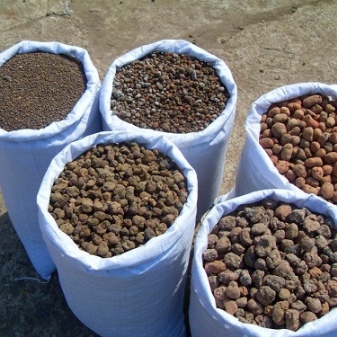
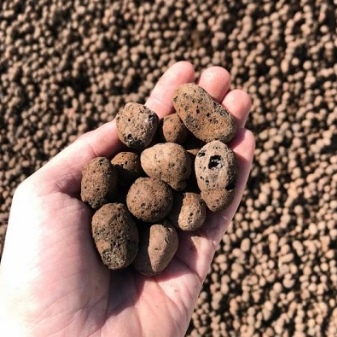
The second factor influencing the density is the fraction of expanded clay, which differs depending on the appearance. There are three fractions for gravel.
- 20-40 mm. Gravel of this fraction is characterized by a low bulk density and is used as a heat-insulating bulk material for foundations, cellars, as well as attic floors.
- 10-20 mm. Such material will serve as an excellent insulation for the floor and roof.
- 5-10 mm. Such expanded clay is the most dense in terms of filling. It is used to insulate a facade or base for underfloor heating.
In addition, density indicators may vary depending on the manufacturing technology of this material. There are 4 ways of producing expanded clay.
- Dry. The simplest option, which should be used, provided that the clay base is homogeneous and does not contain additional impurities. Clay stones are crushed, sifted and sent to ovens. With this method, its moisture content cannot exceed 9%.
- Wet. This method lies in obtaining a slurry that reaches a moisture content of 50% - clay diluted with water. Through the slurry basin, the base is fed into the furnace, where individual granules are formed and dried with the outgoing gases.
- Lamellar. The basis in this case is clay formed in granules, the moisture content of which ranges from 18 to 20%. In this form, she is sent to the oven. In this case, the quality is influenced by the shape and compaction of the granules.
- Powder-lamellar. It is carried out in the same way as a conventional plate.
The difference between these technologies lies in the preliminary crushing of the clay to a powder state.
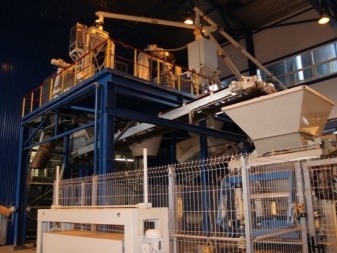
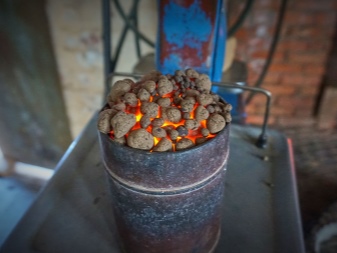
All About Bulk Density
It is measured in kilograms per cubic meter.As for expanded clay, the bulk density refers to the weight of the granules in a specific space. The quality of this material is influenced by various factors, such as the bulk density of the granules, the number of cells in them, and the total cellularity. Due to the influence of all these parameters, it is impossible to speak accurately about specific indicators of density, since it varies from 250 to 800 kg per m3.
Such a large spread is explained by the presence of its own value for each grade of material. To distinguish one group or another, a special standard was introduced. The letter "M" is written in front, and a number is left after it. If the density of expanded clay is slightly less than a certain number, then this is what is left. For example, if the density of the material is slightly less than 250 kg / m3, then such a batch will be called M250, if it is approximately equal to 400, then M400. Before M450, the material is marked with an interval of 50, but after that it is designated as M600, M700 and so on. Determination of the brand according to the principle of indicating the bulk density of a particular batch is carried out in accordance with GOST 9757-90. The established rules state that expanded clay crushed stone and gravel in terms of their density should vary from 250 to 600 kg per m3, however, the customer has the full right to change these norms to suit his needs and order expanded clay of the M700 or M800 brand.
Other requirements are imposed on expanded clay sand. Its bulk density should be between 500 and 1000 kg / m3, while the lower value is considered a reference and can be changed below the standard. It is advisable not to use material higher than the M1000 brand.
Hence it follows that when choosing any fraction, the most preferable in terms of indicators will be the expanded clay, in which the granules weigh less.
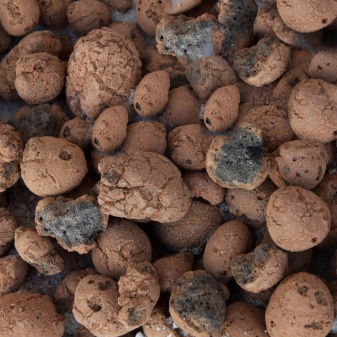

Other types of density
In addition to bulk indicators, there are other types of density that are worth paying attention to. Specific and true density indicators are important in carrying out the necessary calculations. The specific gravity of a material is most often taken into account in the value of a variable. Its performance varies depending on the consistency of the selected material.
Specific gravity can take the following values:
- for expanded clay gravel - from 450 to 700 kg per m3;
- for dry mix of expanded clay concrete - 800 kg per m3;
- for crushed stone from expanded clay - from 600 to 1000 kg per m3.
Another important constant is the true indicator of the density of expanded clay. This indicator is characterized by the mass per unit volume of compacted expanded clay and denoted as Pu.
The use of this value is mandatory when determining the specific gravity. The equation for calculating it is as follows: the weight of dry expanded clay is divided by its volume, while the pores of the granules are not included in the calculation.
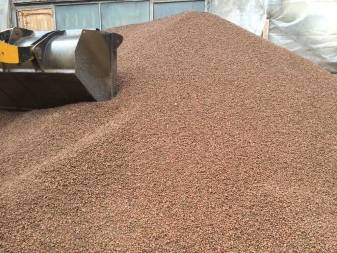














The comment was sent successfully.